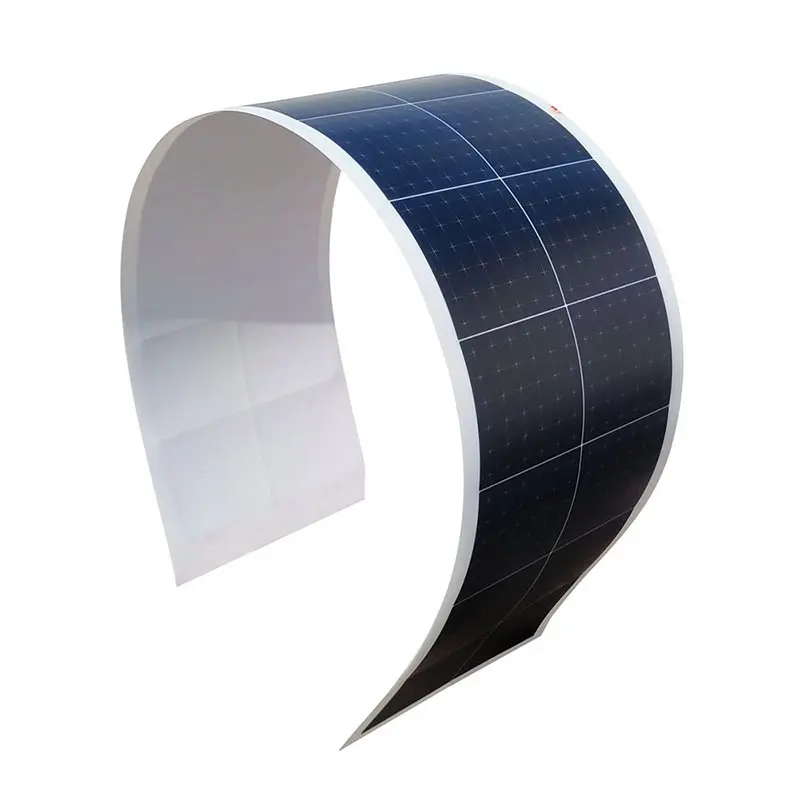Solar panels are an environmentally friendly way to generate electricity for your home and significantly reduce your carbon footprint. With solar panels installed, you’ll be able to save on your electricity bills and help reduce greenhouse gas emissions.
If you’re wondering how to install solar panels for your home, we can help. Here are some tips to help you get started:
1. Determine your energy needs
The first step in getting solar panels is to determine how much energy your home is consuming. You can look at your electricity bill from the past year or consult a professional to estimate your usage.
Knowing your energy needs will enable you to choose the right size solar panel system that will meet your energy consumption requirements.
2. Find a reputable solar panel installer
The next step is to find a reputable solar panel installer in your area. You can search online or ask friends or family members who have recently installed solar panels on their home for advice.
Make sure to look for an installer who is licensed, experienced, and has a proven record of customer satisfaction.
3. Assess the cost
Installing solar panels for your home can be an expensive process. While the cost has come down significantly over the past few years, it’s still a significant investment.
You should assess your budget and explore financing options such as loans or lease agreements. Many state and local governments also offer incentives, rebates or tax credits to encourage the use of solar panels.
4. Choose the Right Solar Panel Type
There are two types of solar panels: photovoltaic (PV) solar panels and thermal solar panels. Photovoltaic solar panels generate electricity, while thermal solar panels generate heat for the hot water system.
You should choose the type of solar panel that best suits your energy needs. A professional installer can help you evaluate the options that are best for your home.
5. Preparing to install the solar panels
Before the installation process, you need to prepare your home. Installing solar panels requires enough space on the roof, so make sure you have enough space for the solar panels.
Make sure the roof is structurally sound and does not require any repairs. The installer will also need access to your attic, electrical and plumbing systems.
6. Monitor and maintain your solar panels
Once your solar panels are installed, you should monitor and maintain them regularly. This includes cleaning panels, checking for any damage, and monitoring energy usage.
Professional installers can provide you with a maintenance plan to keep your solar panels running efficiently.
in conclusion
Installing solar panels for your home requires proper research, planning and execution. By following these steps, you can reduce your carbon footprint, save money on your electricity bills, and contribute to a sustainable future for the planet.
Remember to choose a reputable installer, carefully evaluate your costs and options, and regularly monitor and maintain your solar panels. With a little effort and investment, you can harvest solar energy for your home and have a positive impact on the environment.
Post time: Jun-09-2023
